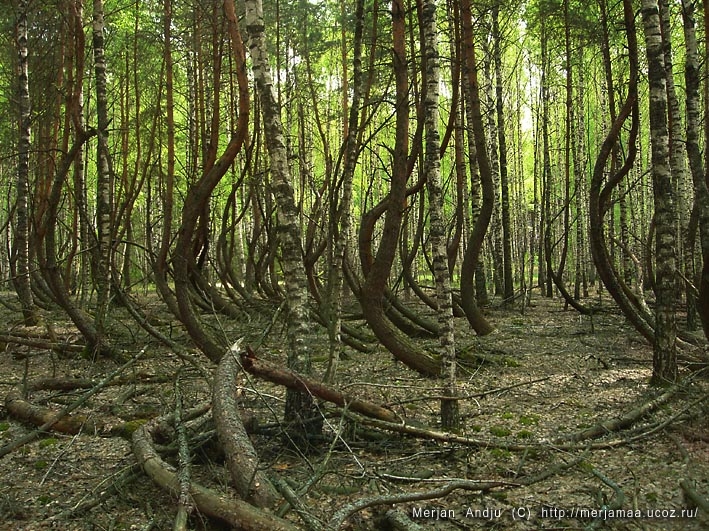
Archaeologists report that not long ago the villages situated along the Oka river were full analogs of Finno-Ugric patrimonial cemeteries. It is very amusing to explore the ancient site.
The dead were buried not by the churches like in the rest of Russia, but in the places where the pagan ancestors lie.
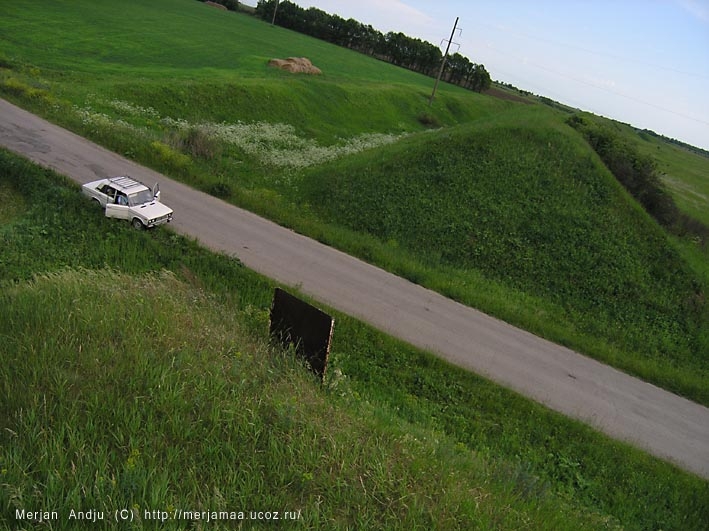
The villagers were buried only in the family cemeteries wherever the person had died.
Graveyard near Ryazan.
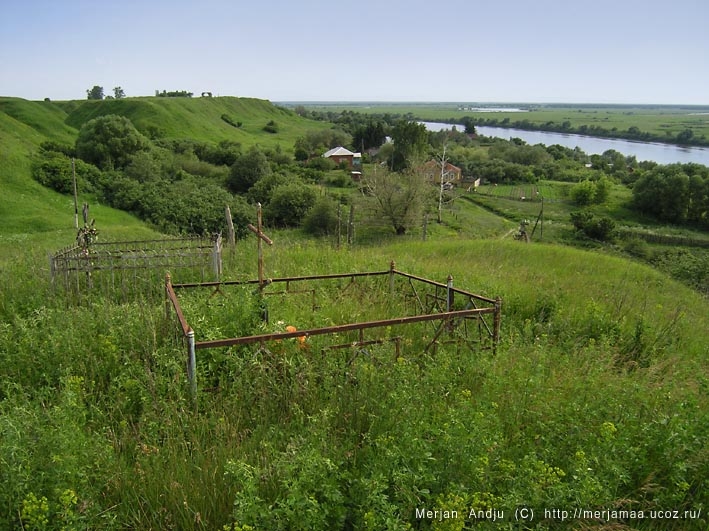
Old Ryazan is an ancient settlement near Oka river. It was the center of the old Ryazan princedom in the 12-13th centuries. At present it is the largest ancient settlement in Europe not occupied by modern buildings.
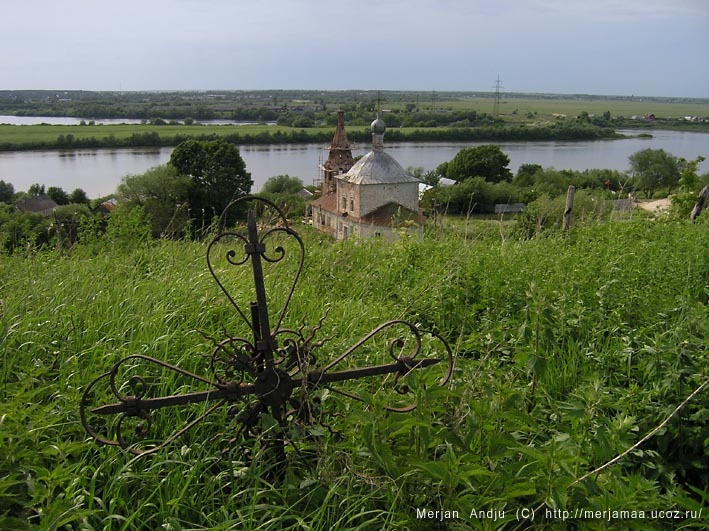
Costumes of the old culture that was spread in the territory of the modern Ryazan.
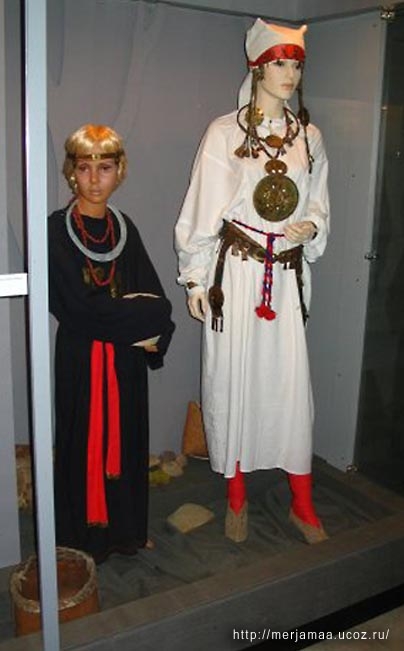
Finno-Ugric artefacts of ancient Kiev.
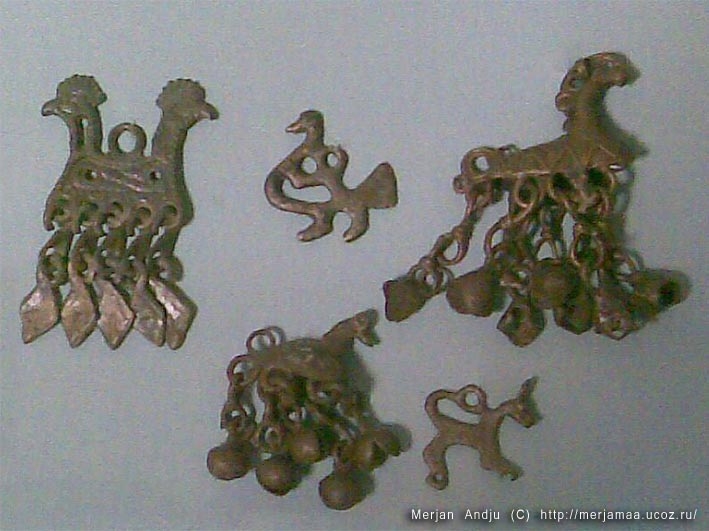

Bronze idol of ancient finno-Ugric culture.
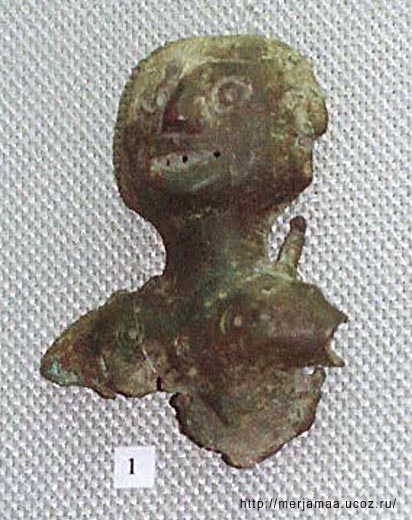
The Oka view from the Old Ryazan ancient settlement.
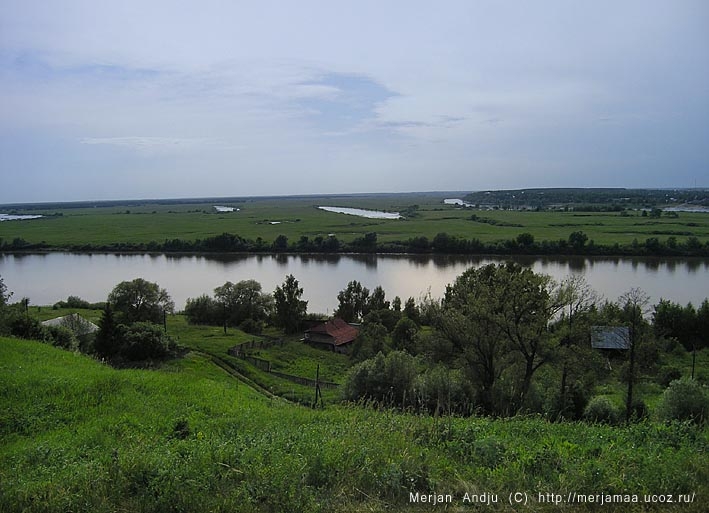
Bow-down stone. The layout of the old Ryazan resembles such of ancient settlements. For example a cult stone with the traces of worship easily seen even today.
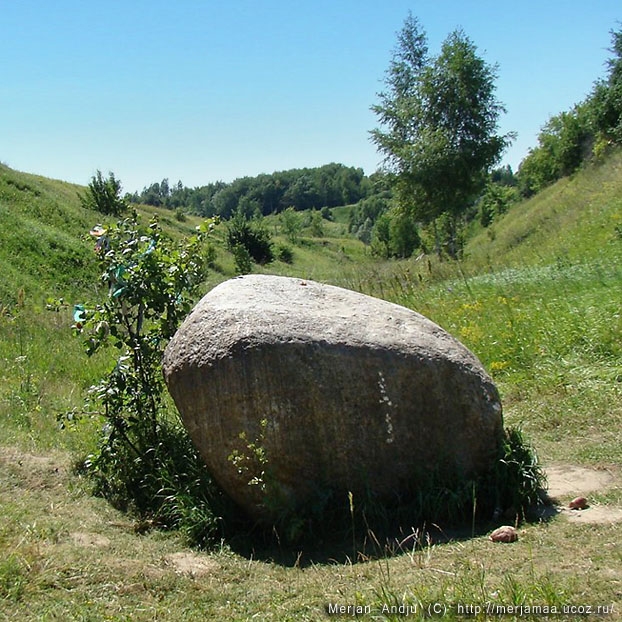
Ancient Finno-Ugric people worshipped the stones as they saw might, support, receptacle of the souls of the ancestors. The stones bear the pagan philosophy and give energy to those who worship them. All the wide Finno-Ugric land is rich with such stones.
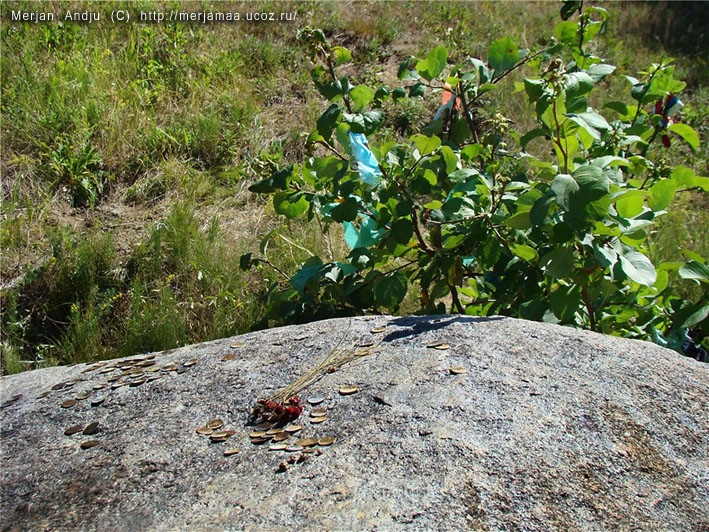
Such perception of nature gave birth to the ancient philosophy of ancestors – there is life in stones.
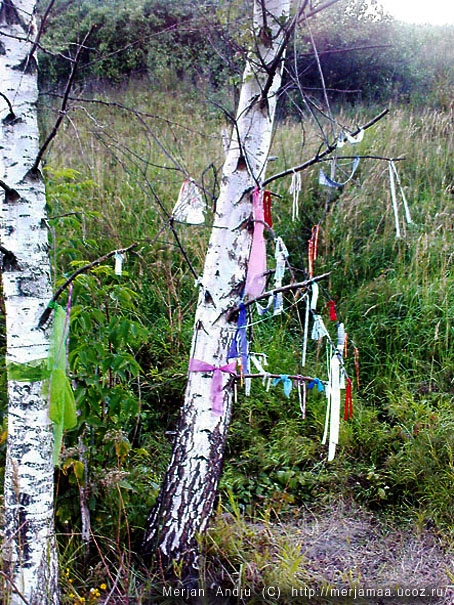
Anomalous zone “Drunken forest”.
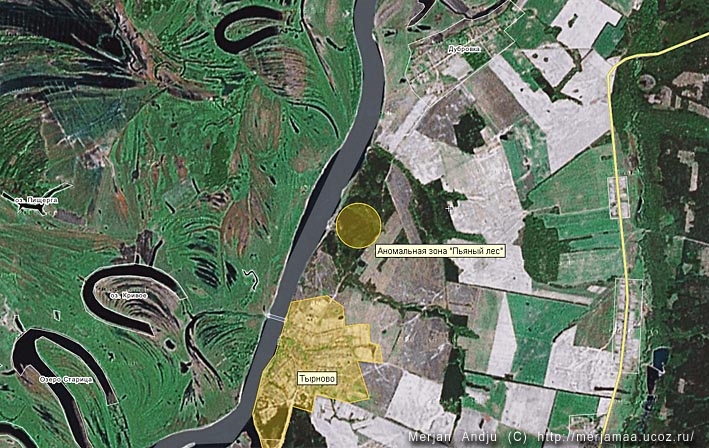
“Drunken forest”

All the trees are bent to the North while the leaves grow fine. There are different possible reasons of it, one thing the researchers agree about is that some natural anomaly must take place here.
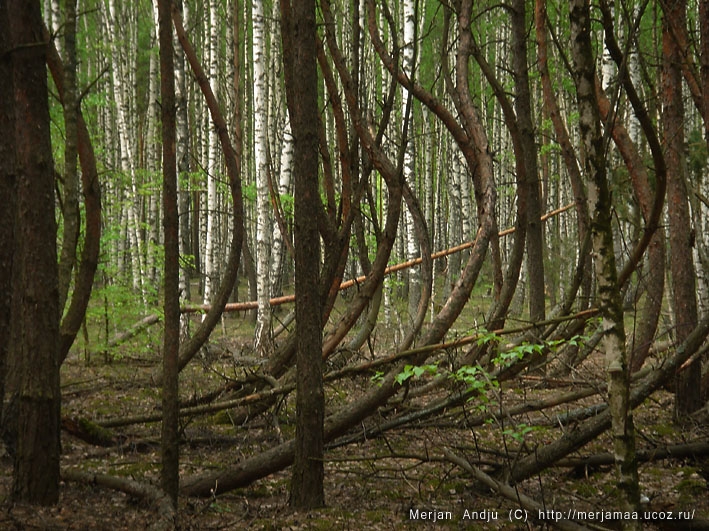
There are also several Finno-Ugric burial grounds around these places.

The other famous sacred place in the Ryazan region is the spring near the “Drunken forest”

It follows the Finno-Ugric tradition of worshipping water. There are many cases when it is said to heal various diseases.

According to the legend the icon was once found in the place of radiance in the forest.
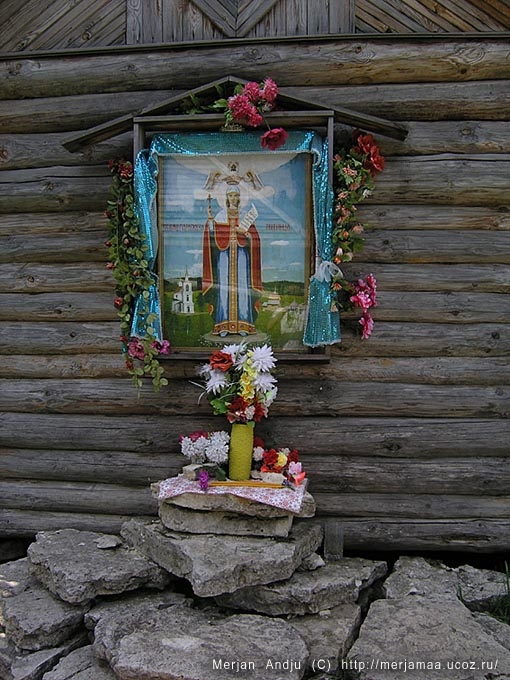
No comments:
Post a Comment